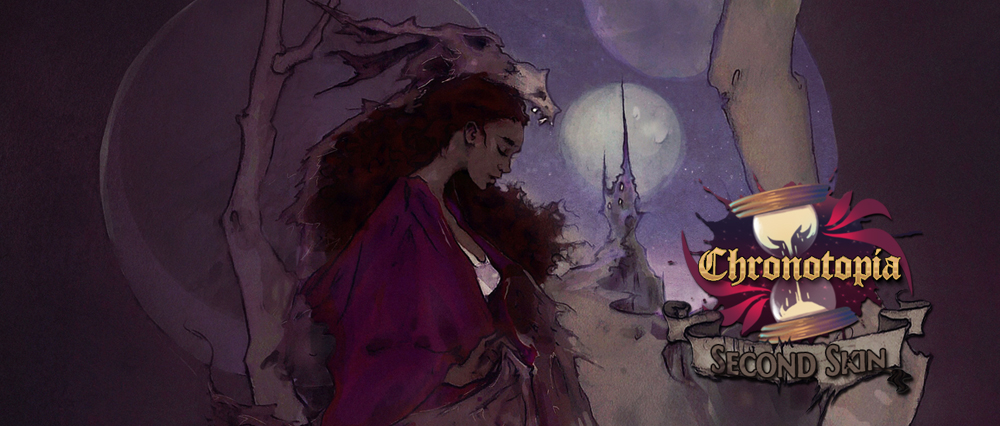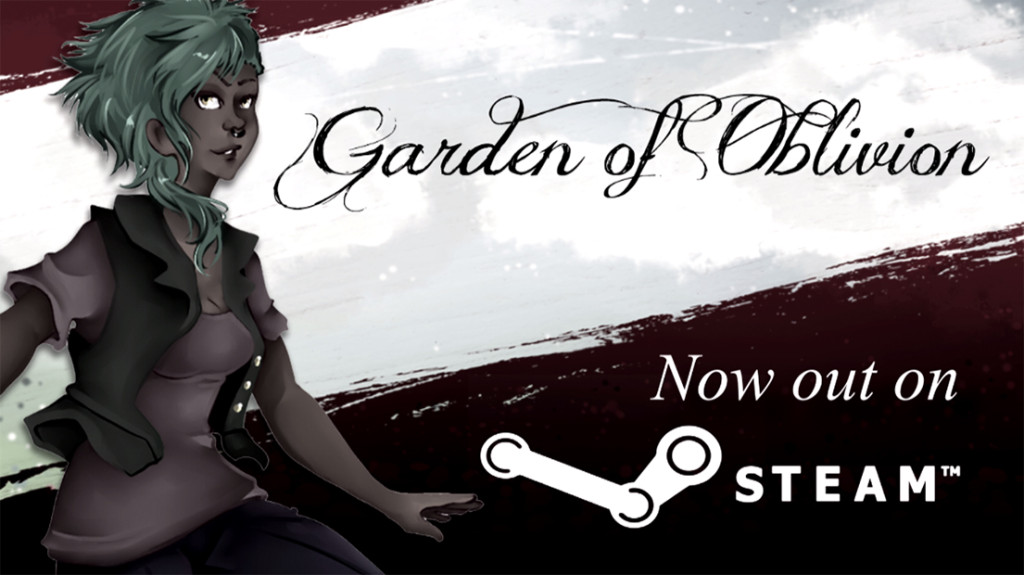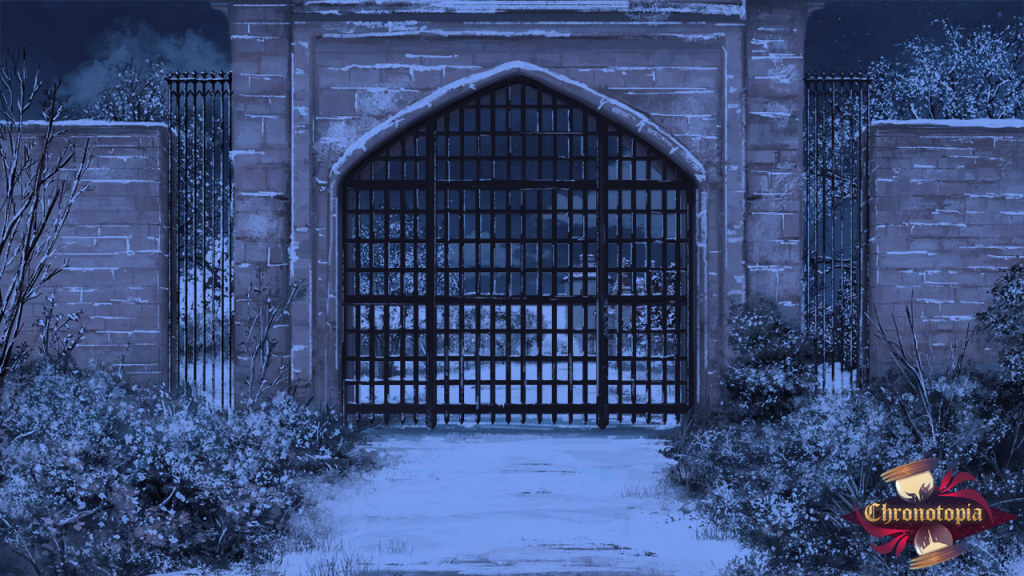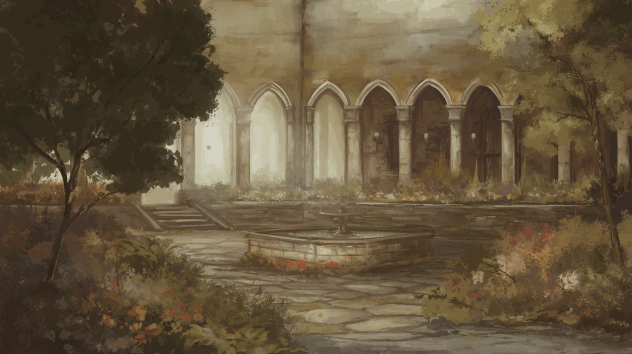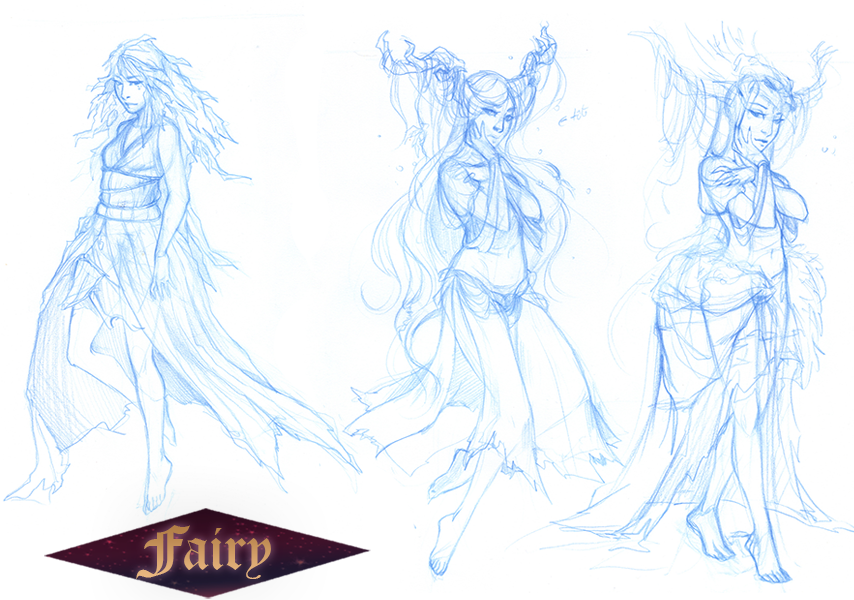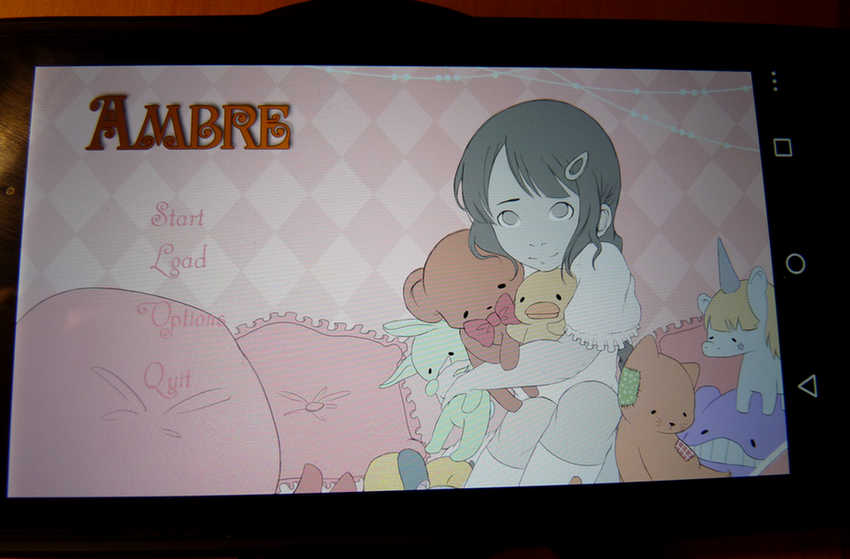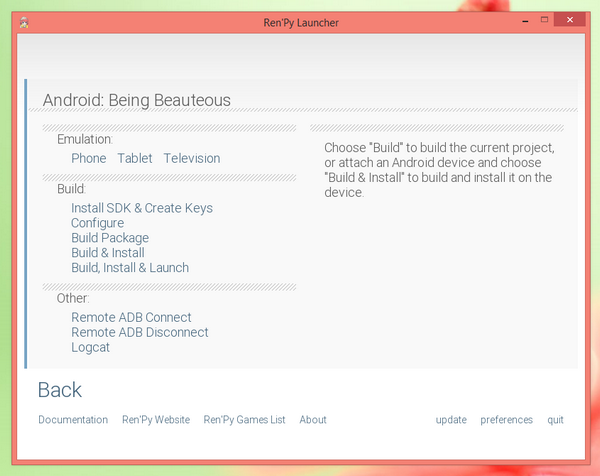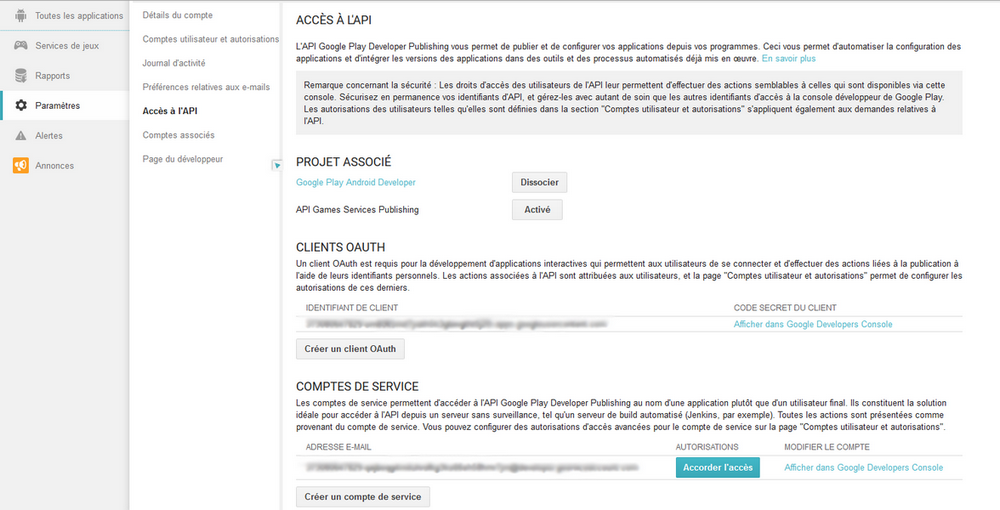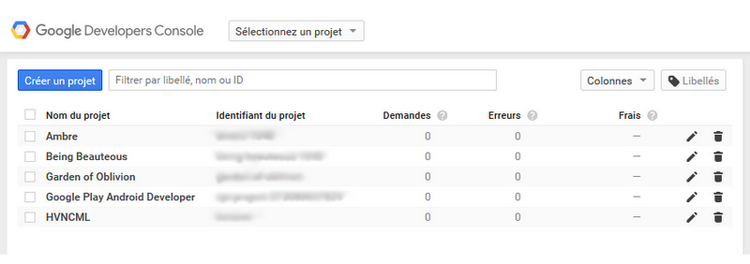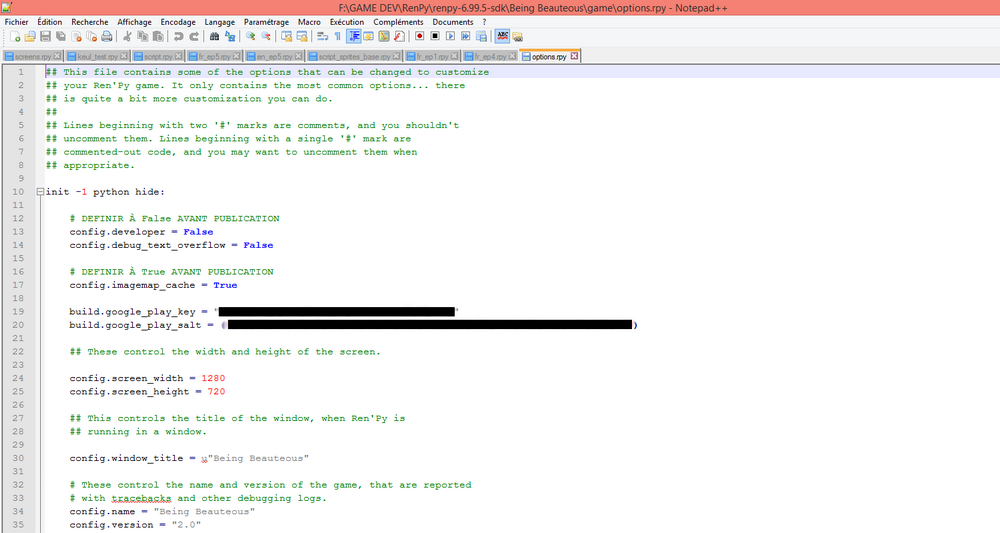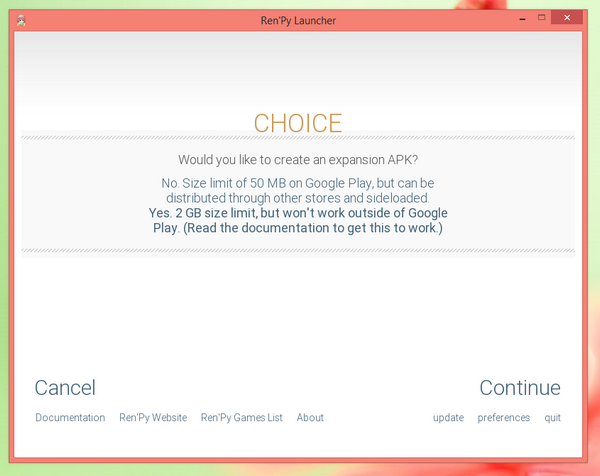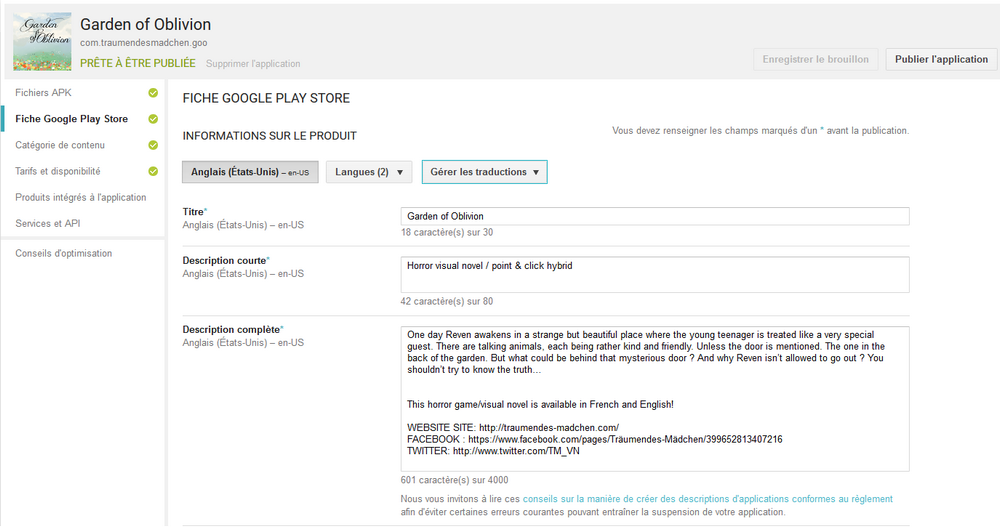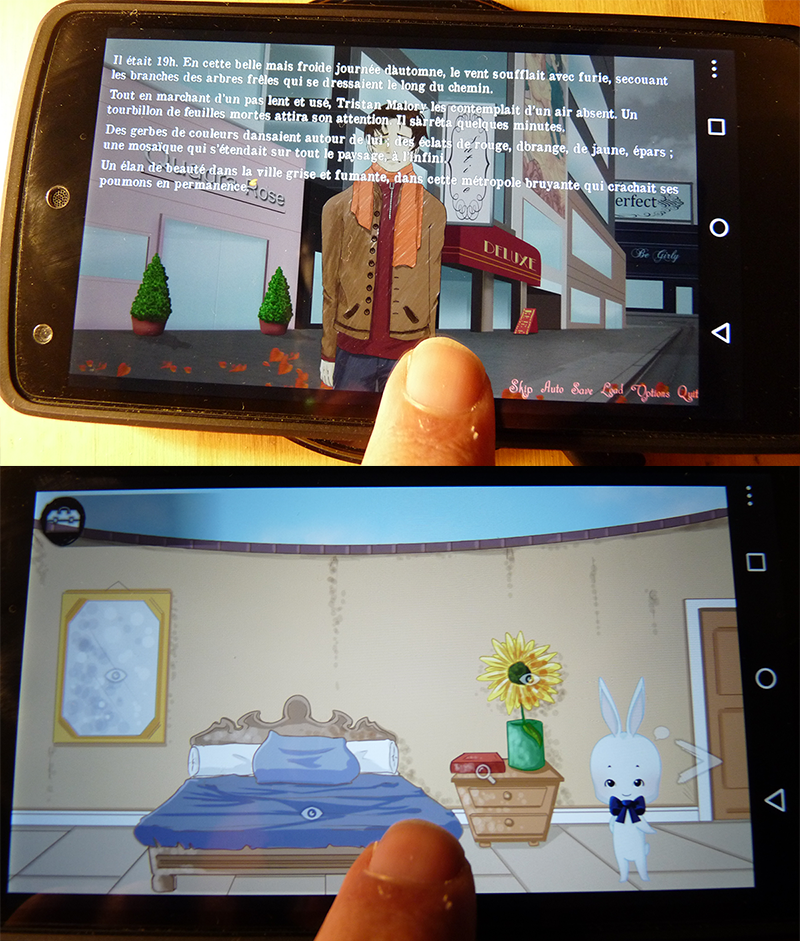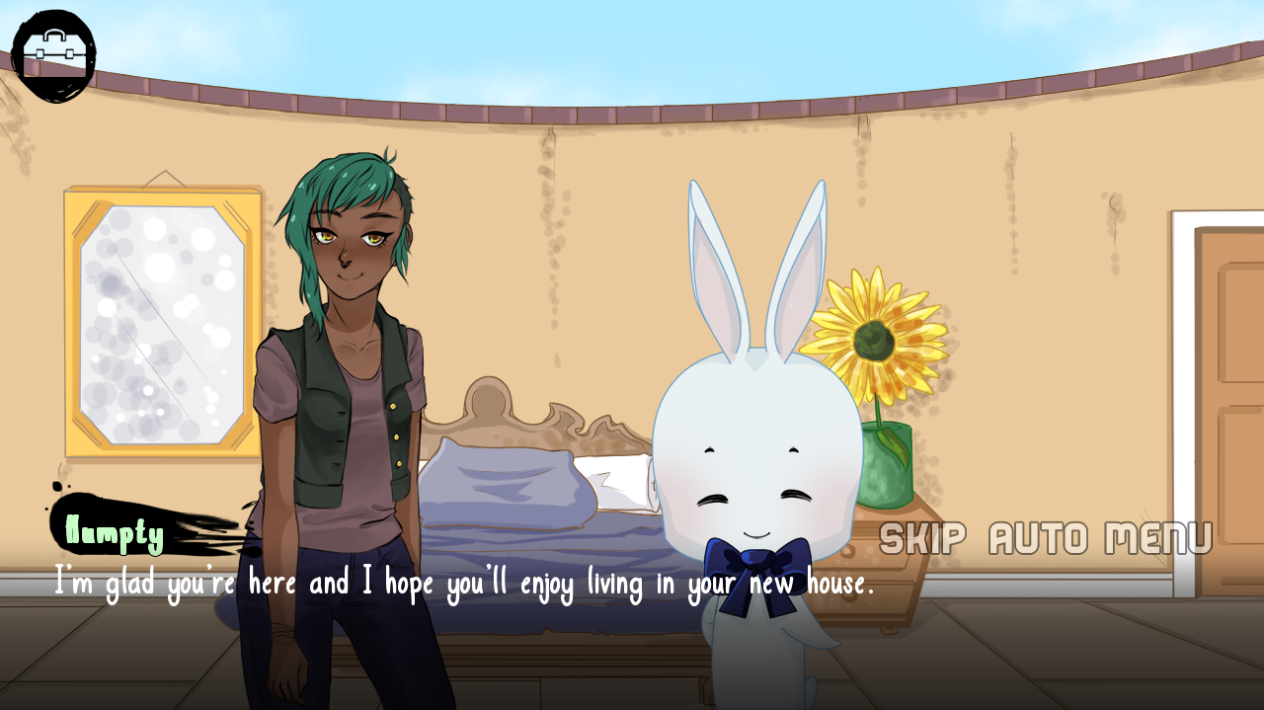Recently, Heiden, another game developper, asked me on Twitter if I could write about where I’m taking my inspiration from and what my motivations are. It’s a bit complicated in my case but the question is interesting enough for me to try to answer!
Inspiration: a joyful patchwork
First of all, depending of the projects, I can tap into extremely diverse source, often seemingly incompatible: classic literature classique, fairy tales, cartoons, comics, movies, videogames, anime, visual novel, mythology, etc. I’ve already mentionned some of them but here’s a more exhaustive list.

For Being Beauteous, I based the story on Disney version, especially the love song part, thinking up how the romance between the protagonists coul work without its main catalyst. Also, what’s after the usual “happy end”, how their relation can grow, what happens when they’re becoming old. I mostly applied my way of thinking to a version I didn’t particularly like. To be honest, BB is at least my 2nd or 3rd Cinderella rewriting. The other big idea I have in mind for years now implies a narcoleptic Cinderella. Also, BB is mainly born at a time where I was discovering those kind of feelings: you can hardly pull more romantic from me and the result is still bittersweet =’).
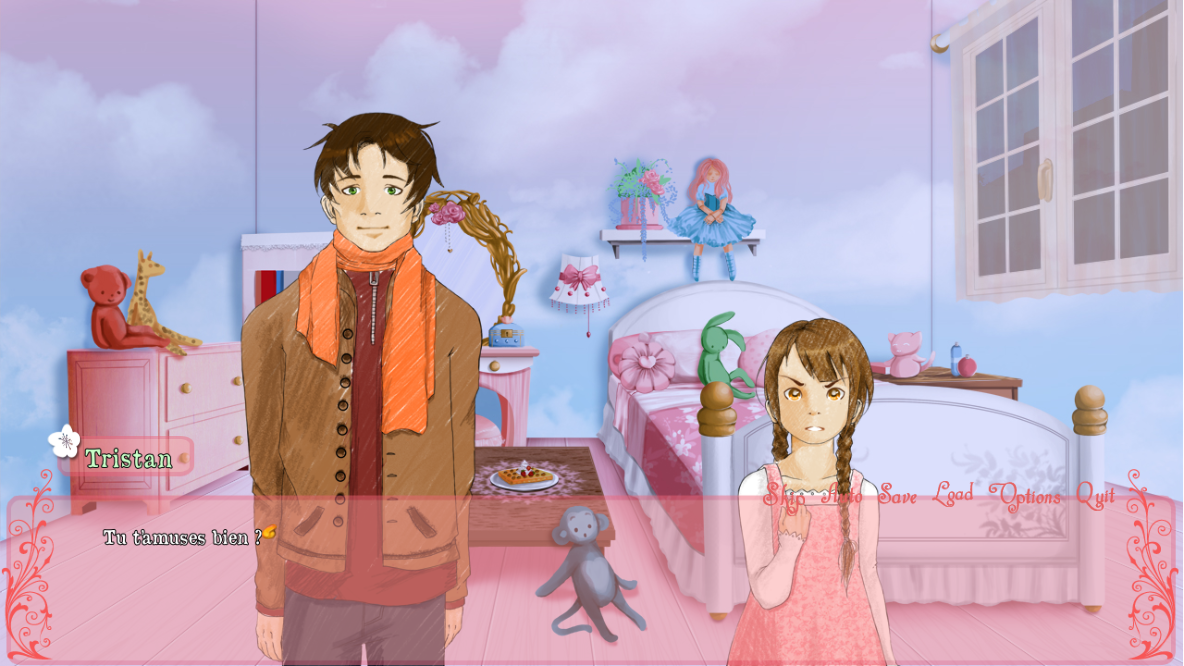 Ambre is my short project with the most diverse influences: as mentionned in my post-mortem, I drew a bit on World War Z by Max Brooks (the little girl who survived the zombie apocalypse chapter), the song Moment 4 Life by Nicki Minaj that illustrated the Cinderella symdrom perfectly, but also in a news item novelized by a french lawyer.
Ambre is my short project with the most diverse influences: as mentionned in my post-mortem, I drew a bit on World War Z by Max Brooks (the little girl who survived the zombie apocalypse chapter), the song Moment 4 Life by Nicki Minaj that illustrated the Cinderella symdrom perfectly, but also in a news item novelized by a french lawyer.
Strangely enough, I took inspiration from a romantic comedy film I only knew because of posters on the walls of stations back when I had to take the train in 2012. It tells the story of a happy couple wrecked when the woman suddenly lose her memory in an accident, only knowing what happened before meeting her husband. And I simply asked myself what would happen if my partner had to face the same problem. Since I’ve seen a lot in my life, the answer varied depending of the memory loss and my attitude was radically different. For examle, at some point in my life, I was obsessed by being normal and I tried to kill who I was to fulfill the expectations people had for me. I suffered a lot because of those attempts and it left a mark on who I became. During that dark phase, I especially tried to find bearings and ended up copying popular media (TV, cinema, radio, magazine for women) in order to know how to behave. Looking back, the result was totally ridiculous and clumsy but I was really, genuinely, trying to match what people wanted me to be. I don’t wish anybody to experience that… Hence, Ambre can be considered a fiction of what I could have become if I didn’t cracked under the pressure and decided to follow my own path.
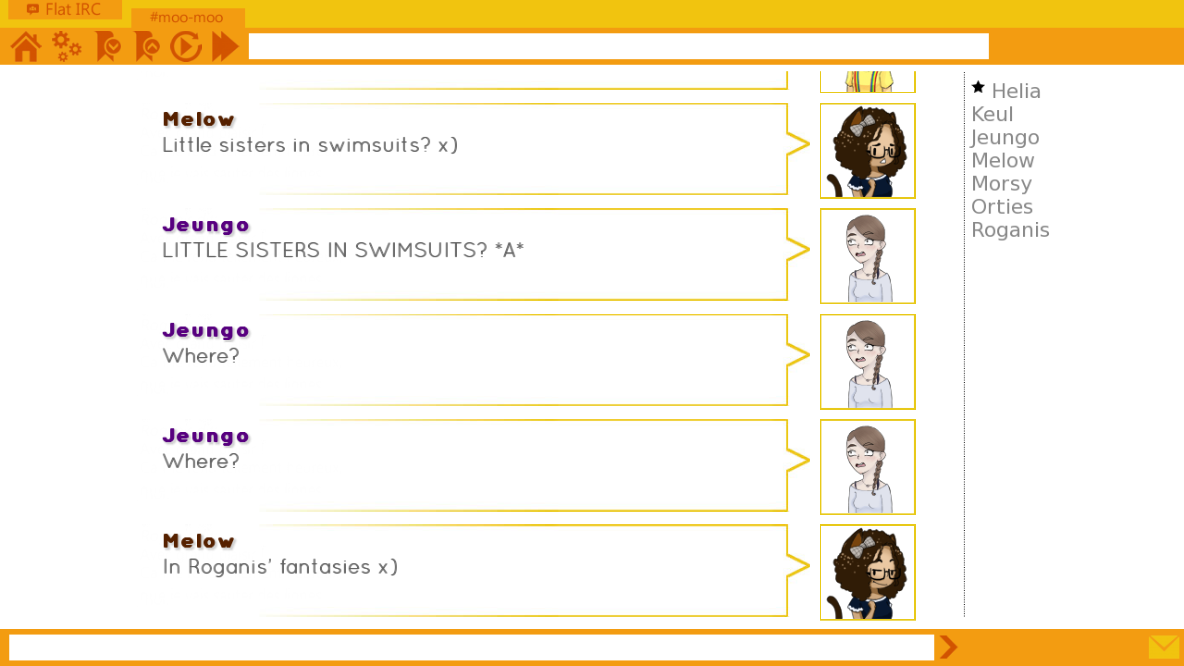
Inspired by real facts :p
As for How visual novel changed my life, there’s not inspiration insofar as it’s a revised collage of real IRC discussions ;). One could consider the whole team wrote this one!
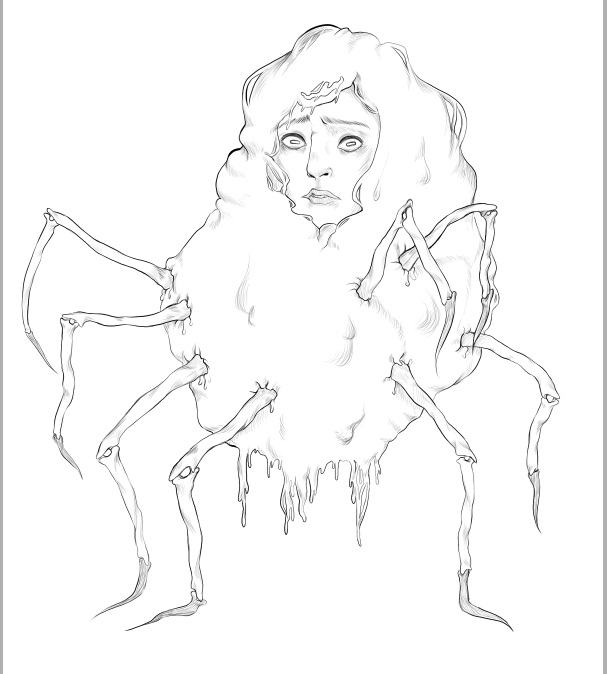
Concept art depicting The Metamorphosis by Kafka (@Eolyus)
The original idea behind Garden of Oblivion was to create some kind of written Yume Nikki (a great experimental game) with some point & click elements. Sadly, the concept never went past that. Besides, you could consider the story-related parts are also based on my personal experience: wanting to withdraw in an imaginary world, feeling like you’re not fitting in, being unable to take decisions, etc. Incidentally, the talking animals many people said were reminiscent of Dreaming Mary are nearly all stuffed animals I own and that embody my childhood.
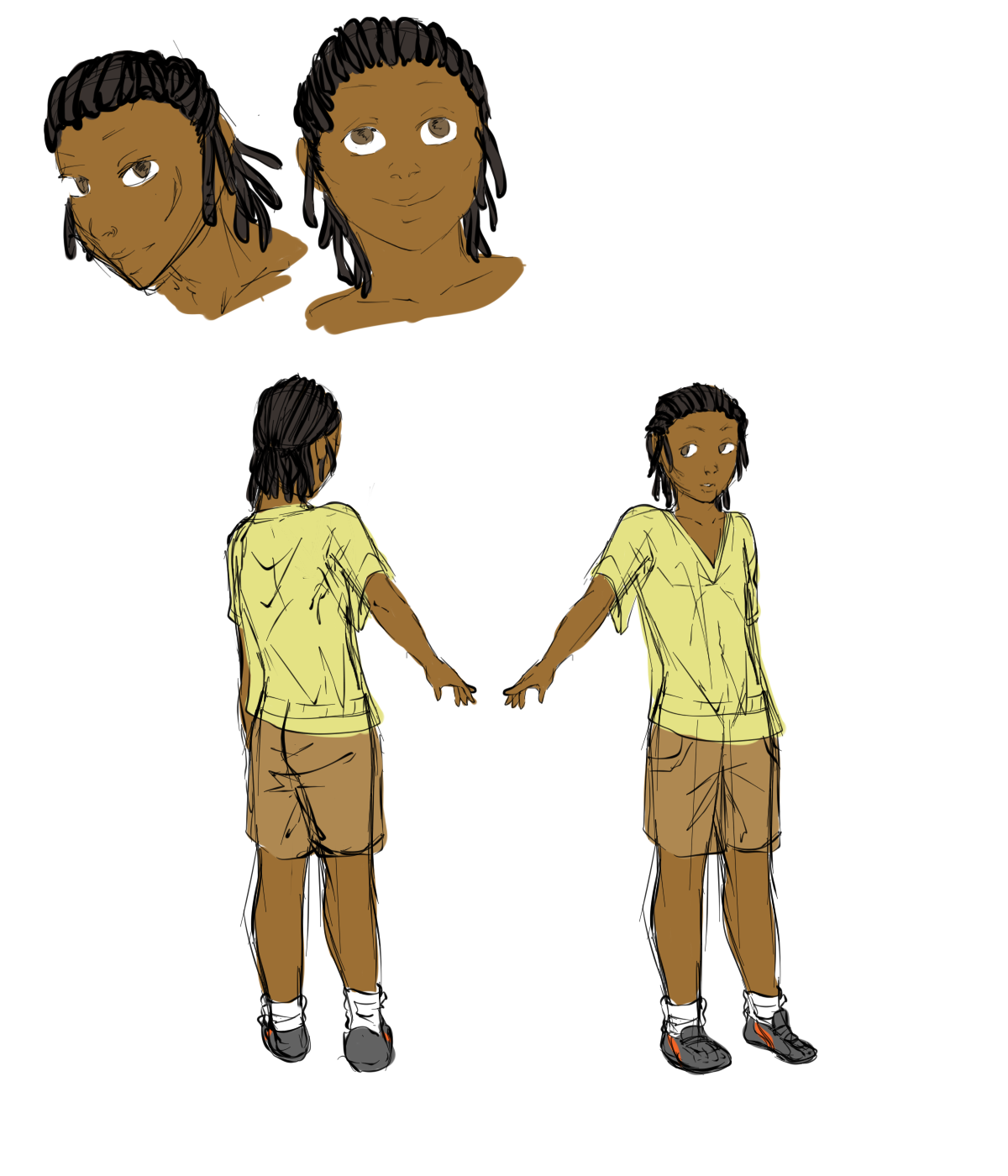
Concept art of Hassan (@Kinect)
Wounded by Words is more complicated because everything is “real”. I did base some parts on testimonies to depict Gabriel and Hassan (as I don’t master viewpoints like those) but overall, every character has the same problem, and that’s something I recently faced: the difficulty to keep going forward when you don’t belong to the dominant viewpoint. As a young woman dealing with a disability, I often struggle to do the same things as others and I’m still poorly perceived in my own family. It’s a very complicated and disheartening feeling I wanted to share. Incidentally, Dave is only here to embody the external and hurtful view the other character have to deal with daily. He’s based on my previous internship tutor and several members of my family. Mostly my father. Sorry if you’re reading me, dad, but you’re really like that and it’s insufferable…
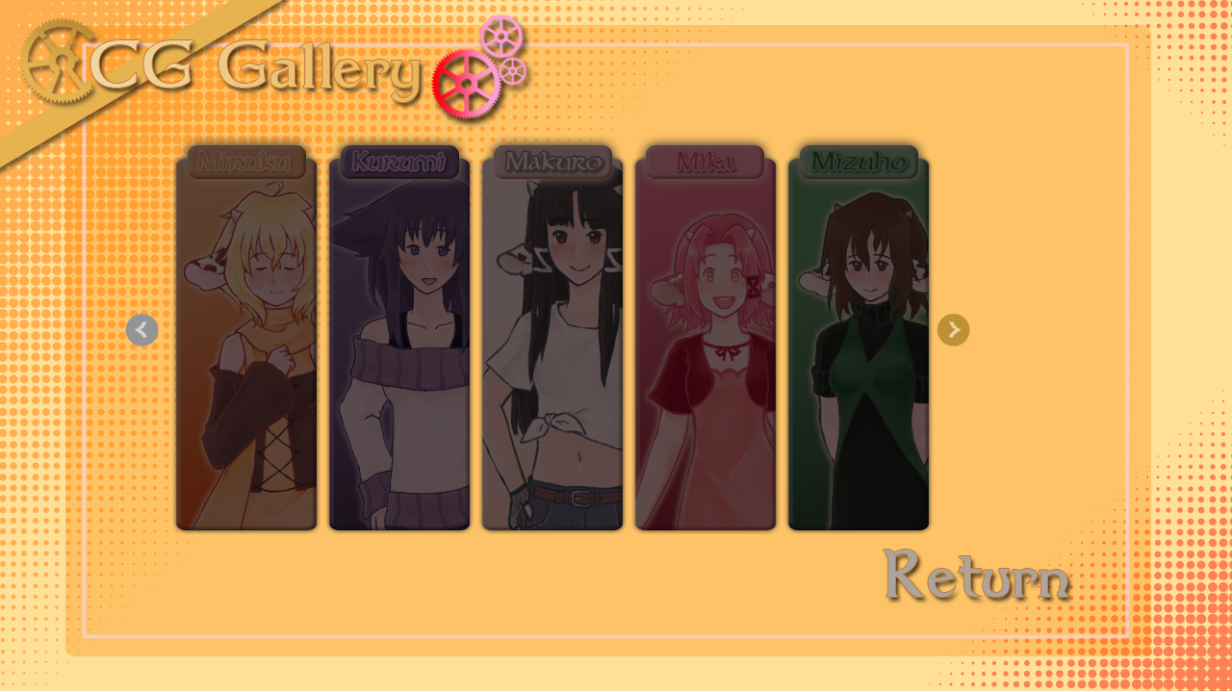
This is not a harem…
Milk~La légende des étoiles being a huge project, my influences are even more diverse depending of the segments. The whole “harem” thingy is of course based of charage/moege and I wanted to readapt them completely in my style because I’m displeased with the current state of those games. In my vision, the main character is only a catalyst, the heroines are the ones who get the spotlight, especially their psychological development. Incidentally, each heroine is inspired by a fragment of my own personality, just like the protagonist. Hence I was really inspired by the visual novel Yume Miru Kusuri. What’s ironic is that, when I wrote Milk, it was kind of a fiction about what could happen if I were to fall in love. And I know myself so well, some parts of the story did actually happen to me later…
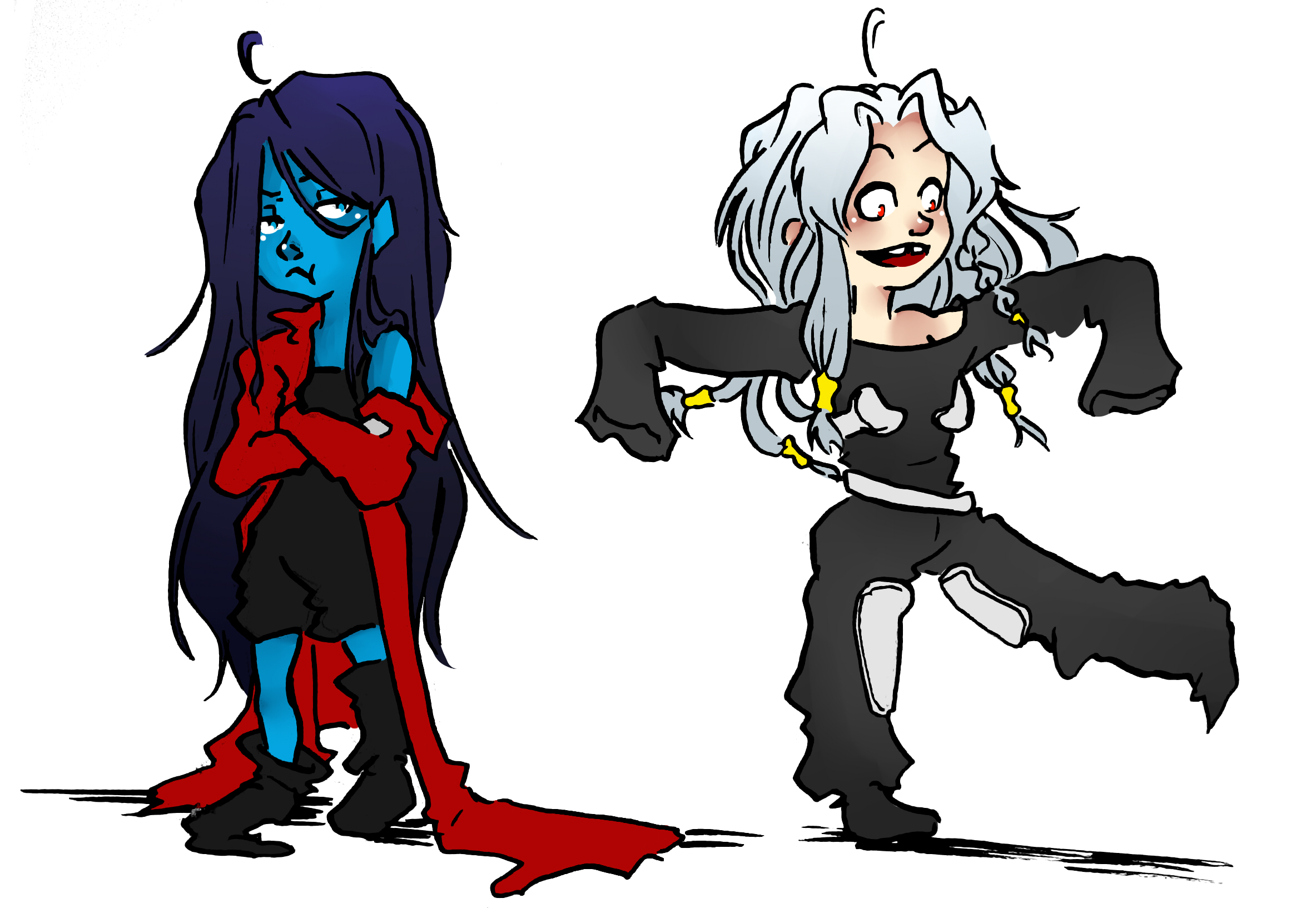
Extract of the Crossing Horizons artbook (@Orties)
The segment devoted to Khzi was originally a big joke based on the most stereotyped things in adventure novels and fantasy. I tried to make fun of that and took the absurd as far as I could. Khzi herself was supposed to be a super serious and classy killer (because I like the strong independant woman type) but I ended up making her completely unpredictable, a bit like Yumiko in the anime Read or Die. The super serious and classy killer hence became Freyja.
The “Légende des étoiles” part, yet to be released, is inspired by the comic book Thorgal, Ulysses 31, and mythology in general.
Inspiration : another perception of the world
In general, I have a complicated relationship with writing insofar as I don’t have an author I’m a fan of, I really tap into everything I integrated with time. Even stranger, I can sometimes dip into things I don’t know directly: I really like accumulating knowledge about many things, so I can know works indirectly without having read or seen them. I can even get inspired only by what I think the work is about (often to get disapointed when I get to read/see it for real).
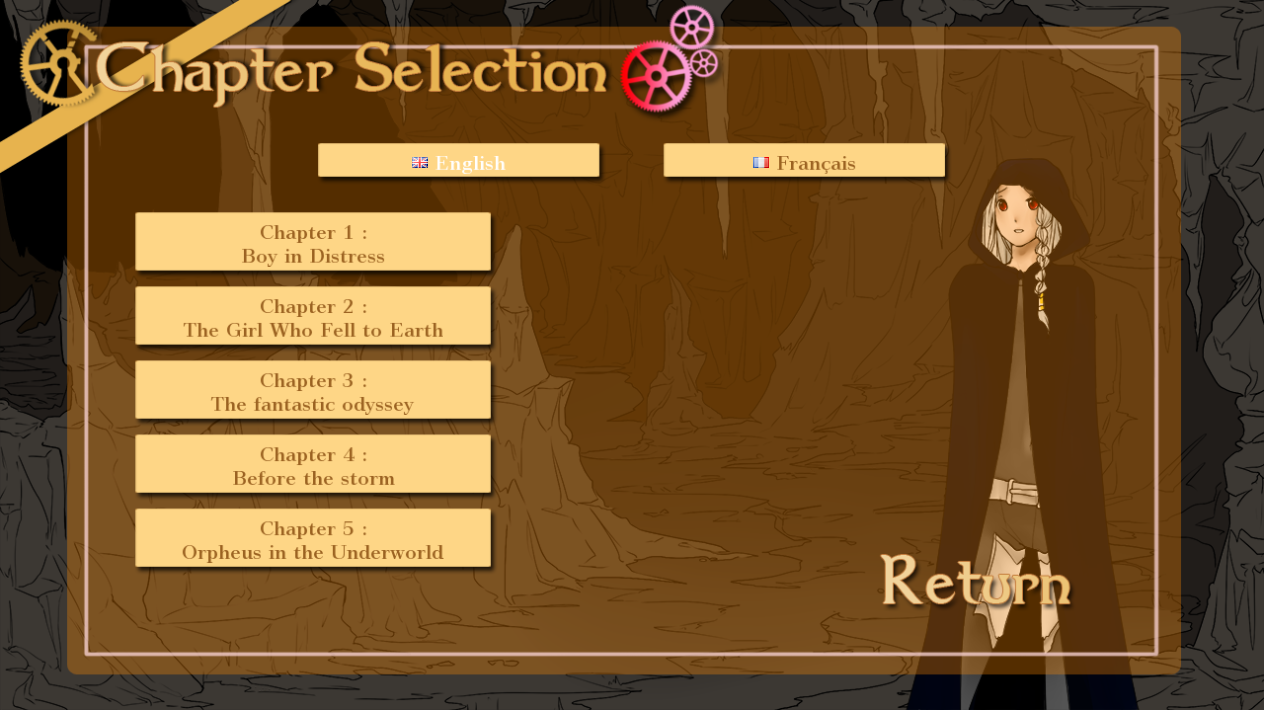
Current Chapter menu in Milk~La légende des étoiles
I work on the assumption that it’s impossible in the 21st Century to think up of raw material: everything has been done by someone else before. So, for me, writing is a kind of alchemic process: I’m mixing many different influences and add my personal touch to come up with something. And I think creativity resides in that mixing of influences. For example, the Cinderella story has been done many times before, but it’s what I can add that makes a new version possibly interesting. It’s not the idea but the execution and the way you put a bit of yourself in it!
Considering that fact, I’m relying a lot on the meeting between those influences and the way I see the world. Since my way of thinking is kinda unique, I feel like I can write about anything only by taking over the material.
Motivation : message in a bottle
I read a lot when I was younger but I never really found a work that was like me. To begin with, as a woman, it’s not always easy to get properly depicted insofar as most classic and recent books only deals with male preoccupations or show stereotyped female preoccupations (shoes, shopping and prince charming, yay). And as an autist, my way of thinking is never depicted anywhere, making me feel unconcerned by most current cultural productions. Fortunately, there are hidden gems that are really worth discovering but let’s say I’m not as favored as others, who will find what they’re looking for more easily. You have to search very hard to find an autistic protagonist in a story non-related to explaining autism. Let’s be clear, it doesn’t mean interesting neurotypical stories don’t exist, only that my tastes are not the majority. That’s why I’m interested in indies: I hope to find with them more diversity than anywhere else.
Quite frankly, what motivates me to write is to try to make stories that I will like. Since I struggle to find things like me, I decided to make them. If my works manage to satisfy my peculiar expectations, I’m quite happy, and it would make me happier if others could share that vision. It would mean I’m not really the only one to think that way and that I could be useful one way or another. I guess it’s just as if I was sending a message in a bottle: I transmit a part of myself in my games in the hope that maybe, someone, somewhere, will come across it and share my vision, find some interest in it.
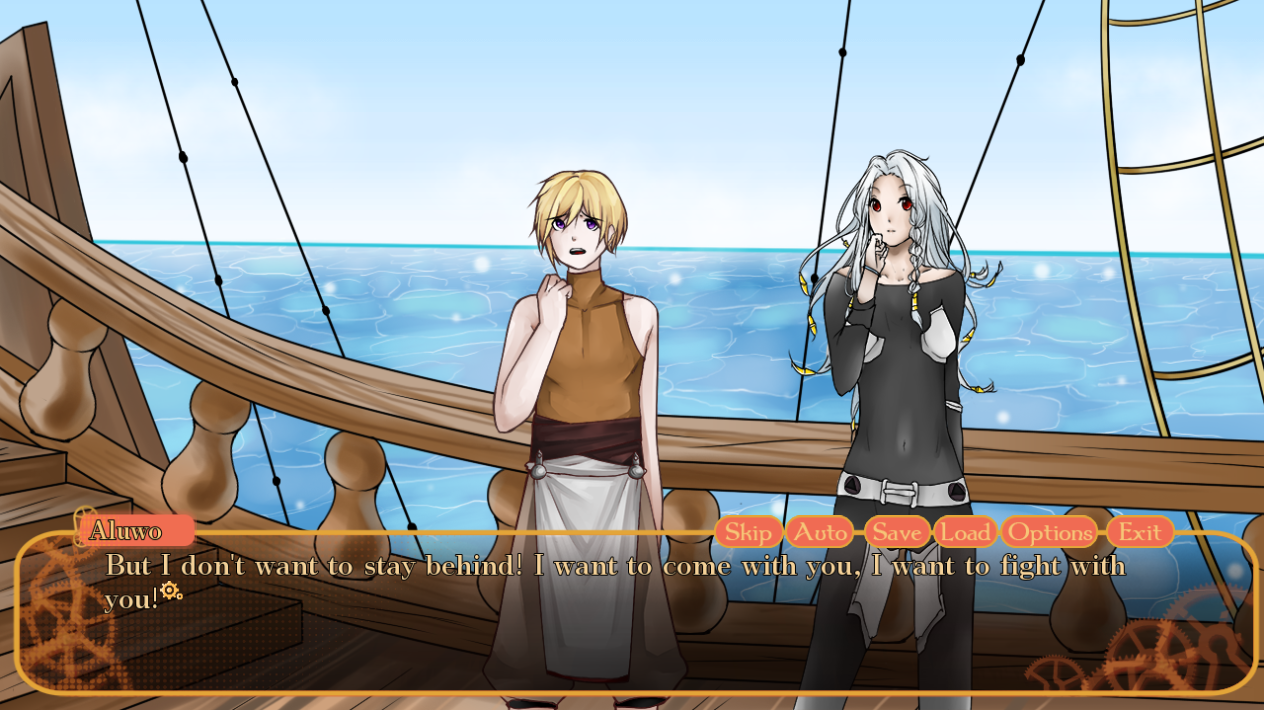
Screenshot of Milk Episode 5, under developement
I don’t know what other developers are trying to do when they start to make games but, for me, everything echoes back to my disability: it’s at the same time my inspiration, what drives me to write, my curse and my gift. I wouldn’t want to fight as much if I didn’t have a different voice to make people hear, but I wouldn’t be struggling so much if I didn’t have a different voice in the first place. I’d like people who have a difference to be able to access as much content they’d likely enjoy as the others do. If child/teenage Helia is able to find what she likes, then I would have accomplished my mission. The road is still long before then ;).


